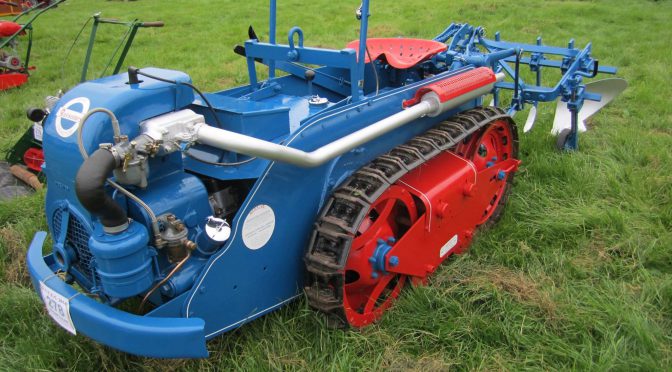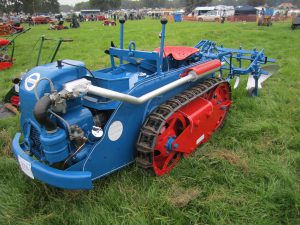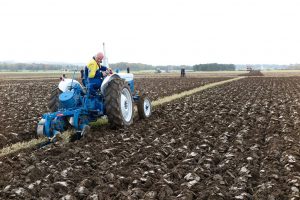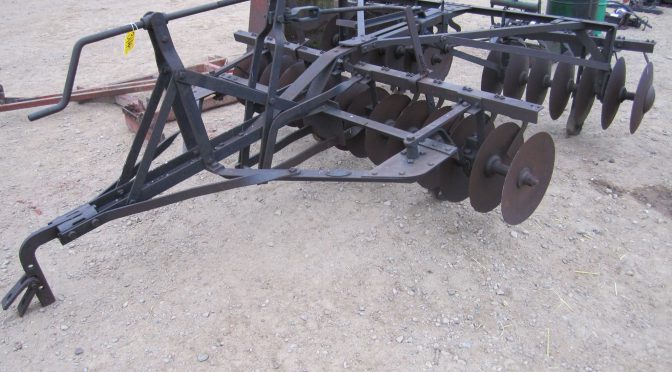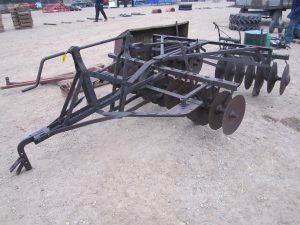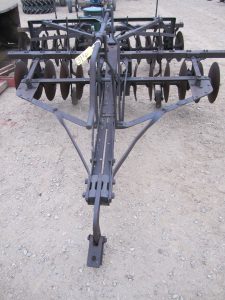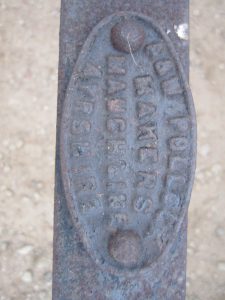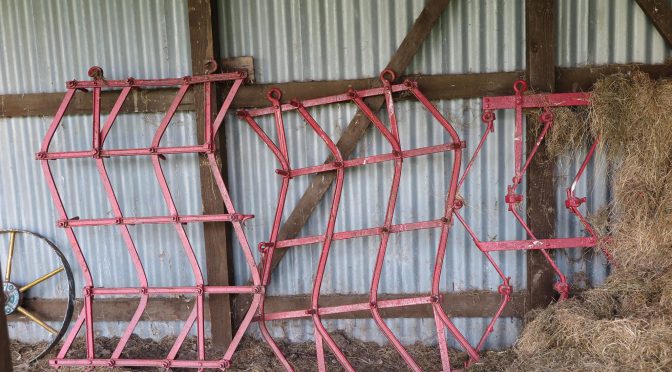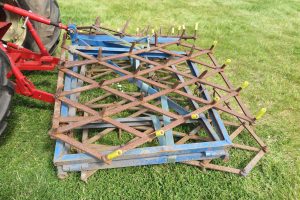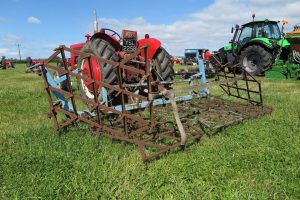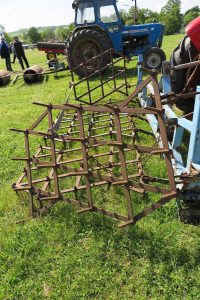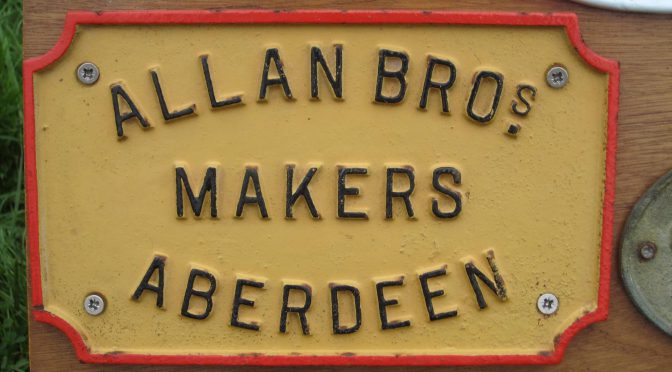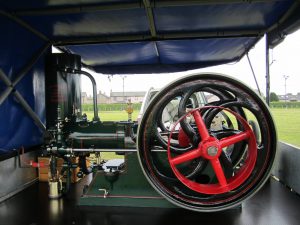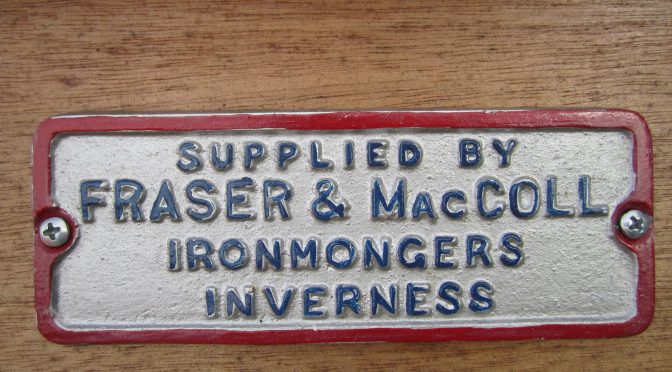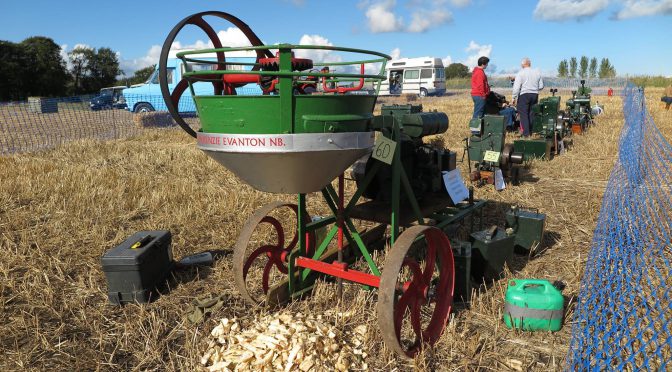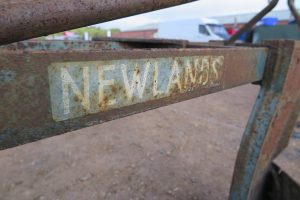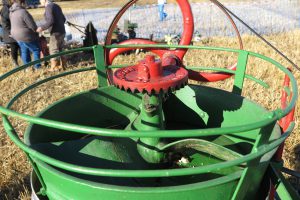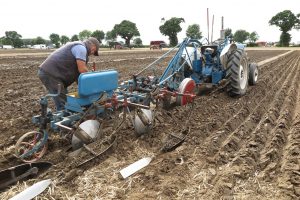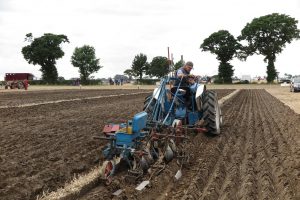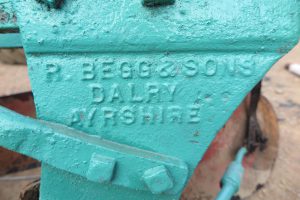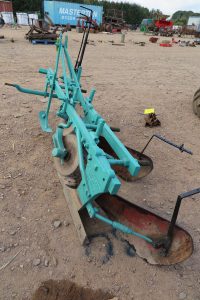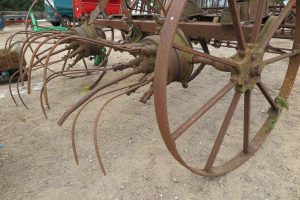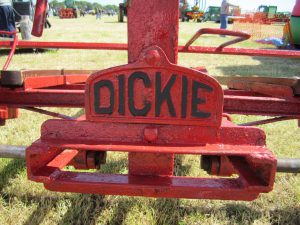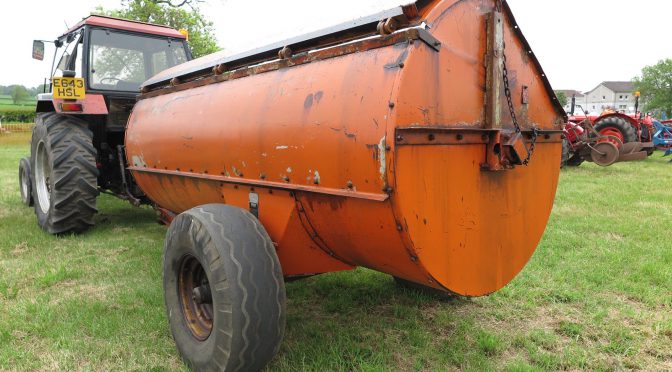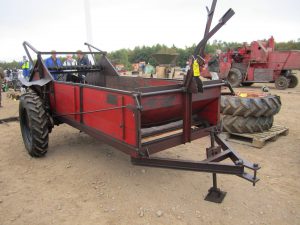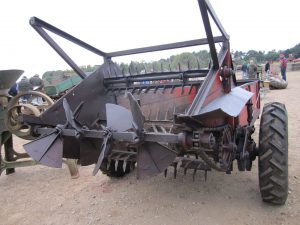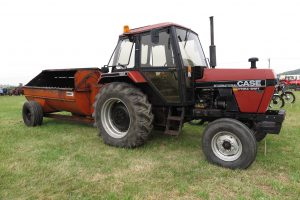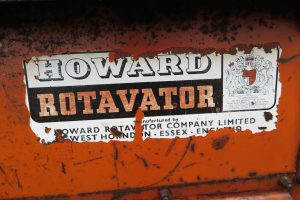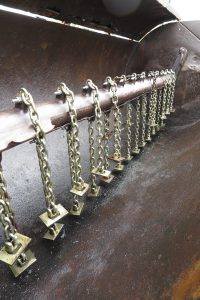If you were a farmer in the Lothians in 1919 you would have had a number of implement and machine makers to purchase your machines from. Some were local while others trades across the Lothians and also across Scotland and further afield.
The North British Agriuclturist carried an extensive article on the agricultural traders in the Lothians in 1919. It provides a great deal of information about them, their activities and the history of their company.
 “The first on our list is Mr Alex Ballach of Messrs Ballach & Sons, Leith, who has had a very long association with the implement trade. He was trained in agricultural engineering under the late Mr G. W. Murray of Banff, and has had a varied experience in Aberdeen, Edinburgh, and later on in Newton-Stewart, whence he removed to Leith about a dozen years ago. No one knows better the requirements of the farmer than does Mr Ballach. He has been eminently successful in the making of corn drills and drill scarifiers, and whatever he puts out is known for its efficiency as well as its finish.
“The first on our list is Mr Alex Ballach of Messrs Ballach & Sons, Leith, who has had a very long association with the implement trade. He was trained in agricultural engineering under the late Mr G. W. Murray of Banff, and has had a varied experience in Aberdeen, Edinburgh, and later on in Newton-Stewart, whence he removed to Leith about a dozen years ago. No one knows better the requirements of the farmer than does Mr Ballach. He has been eminently successful in the making of corn drills and drill scarifiers, and whatever he puts out is known for its efficiency as well as its finish.
 … Mr Alex Newlands of the firm of Messrs Newlands & Sons, St Magdalene Engineering Works, Linlithgow. Mr Newland’s firm was founded by his late gather in 1861 at Inverurie, but in 1880 the latter removed to Linlithgow and acquired the premises of that famous ploughmaker-the late Mr George Ponton. Some years after his father died in 1907 Mr Newlines, along with his brother, Mr George MNewlands, erected larger worrks to increase the capacity of the output of the firm’s implements, which are principally cultivators, chilled ploughs, drill ploughs, horse rakes &c.
… Mr Alex Newlands of the firm of Messrs Newlands & Sons, St Magdalene Engineering Works, Linlithgow. Mr Newland’s firm was founded by his late gather in 1861 at Inverurie, but in 1880 the latter removed to Linlithgow and acquired the premises of that famous ploughmaker-the late Mr George Ponton. Some years after his father died in 1907 Mr Newlines, along with his brother, Mr George MNewlands, erected larger worrks to increase the capacity of the output of the firm’s implements, which are principally cultivators, chilled ploughs, drill ploughs, horse rakes &c.
… Mr Wm Poole JP, possibly now the best known of all the Scottish agricultural engineers. For the past forty years he has been identified with the introduction and improvement of many of the labour-saving machines now in extensive use by the farmers of the country. On the farm of Castle Mains, Dirleton, in August 1878, Mr Poole conducted the first trial of a sheaf-binding reaper ever held in Scotland, namely, the McCormick wire sheaf-binding reaper; and during the same month at the first trial of sheaf-binders held by the Highland Society on the farm of Liberton Tower Mains, Edinburgh, he secured the Society’s Gold Medal for that machine. Owing to the strong objection to wire-bound sheaves, this machine did not become a success; but, following this, in the early “eighties” Mr Poole sold and started at work for the late Mr Waugh of Eweford, Dunbar, the first twine sheaf-binder ever put to work in Scotland (a McCormick). Closely following the introduction of the McCormick binder, Mr Poole introduced into this country the now better-known Deering twine sheaf-0binder, and, through his efforts in the harvest fields, and suggestions of improvements, this binder is now one of the most popular throughout Great Britain nd Ireland. It may well be said, through his continuous and long experience in our harvest fields, he is one of our greatest authorities on harvesting machinery, and no one now living in Scotland has bestowed greater benefits in this respect on our farmers. In 1915, in response to a requisition by the agricultural engineering trade throughout Great Britain, Mr Poole was elected a director of the Highland Society to represent their interests. During his term in office, he accomplished good work on that board in getting the Society to make an inquiry amongst farmers throughout Scotland as to the efficiency and economy resulting from the use of milking machines. The information obtained was of a satisfactory nature, and, as a result, the use of milking machines has been largely increased. So far as general work on the average farms of Scotland is concerned, Mr Poole has never been satisfied with the oil agricultural tractors that have been introduced into use during recent years, and from a recent interview, we find that he is of opinion that the tractor suitable for all-round work in Scotland is still to come. In that belief, he submitted a motion adopted by the board of the Highland Society to the effect that it should hold trials of British designed and British made oil tractors, and to award substantial prizes to the machines found to be best suited for work in this country. When these trials take place he is of opinion that oil tractors far in advance of those in present use will be produced by the engineers of our own country. At present, Mr Poole is president of the Scottish Agricultural Engineers’ Society.
Mr A. M. Russell, we always look upon as “The Universal Provider” for the varied wants of agriculturists. Shortly before the outbreak of the war he removed his headquarters adjoining the old Corn Exchange, to extensive premises at the east end of the Grassmarket. Mr Russell is a specialist in many lines, and, as our readers well know, is a specialist also in the way he advertises his goods.
 Mr Wm Smith is the Scottish representative of the Dairy Supply Co. Ltd, and we may almost venture to call him “the grand old man of the implement trade”. If he does not approve of a Separist policy he at least approves of a policy of the separator, especially is it should happen to be an Alfa Laval. In addition to being a J.P., Mr Smith is a Parish Councillor. He is an acknowlwdged authority on all dairying matters, and the author of a very useful guide to dairying, which has had a large sale.
Mr Wm Smith is the Scottish representative of the Dairy Supply Co. Ltd, and we may almost venture to call him “the grand old man of the implement trade”. If he does not approve of a Separist policy he at least approves of a policy of the separator, especially is it should happen to be an Alfa Laval. In addition to being a J.P., Mr Smith is a Parish Councillor. He is an acknowlwdged authority on all dairying matters, and the author of a very useful guide to dairying, which has had a large sale.
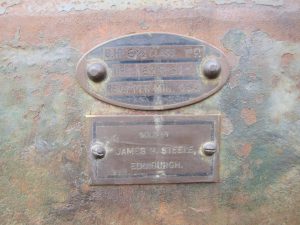 Mr Jas H. Steele is one of the juniors in the agricultural implement trade, but he has a long experience and successful record behind him. For a long number of years he was with Messrs A. & J. Main Ltd, and later represented Messrs P. & R. Fleming of Glasgow in the Scottish capital. Born and brought up on a Lanarkshire farm, he has a practical knowledge of agricultural requirements, and this gives him a great advantage in the upholding of his business motto, “Everything for the Farm”. In addition to agricultural machinery, his firm hold agencies for Messrs A. Cross & Sons Ltd, Glasgow, and Messrs Gartons Ltd, Warrington, Through enterprise, pushfulness, and attention, Mr Steele has gathered a large clientele, and supported by an able staff, he has “lengthened his cords and strengthened his stakes” by opening a new depot at 61 Harrison Road, close by Merchiston Station, on the outskirts of Edinburgh.
Mr Jas H. Steele is one of the juniors in the agricultural implement trade, but he has a long experience and successful record behind him. For a long number of years he was with Messrs A. & J. Main Ltd, and later represented Messrs P. & R. Fleming of Glasgow in the Scottish capital. Born and brought up on a Lanarkshire farm, he has a practical knowledge of agricultural requirements, and this gives him a great advantage in the upholding of his business motto, “Everything for the Farm”. In addition to agricultural machinery, his firm hold agencies for Messrs A. Cross & Sons Ltd, Glasgow, and Messrs Gartons Ltd, Warrington, Through enterprise, pushfulness, and attention, Mr Steele has gathered a large clientele, and supported by an able staff, he has “lengthened his cords and strengthened his stakes” by opening a new depot at 61 Harrison Road, close by Merchiston Station, on the outskirts of Edinburgh.
If you were a farmer in the 1960s you would still have recognised a good number of the key names in agricultural trading that had been recorded in 1919. It says a lot about the stature and importance of these business men and their businesses.

